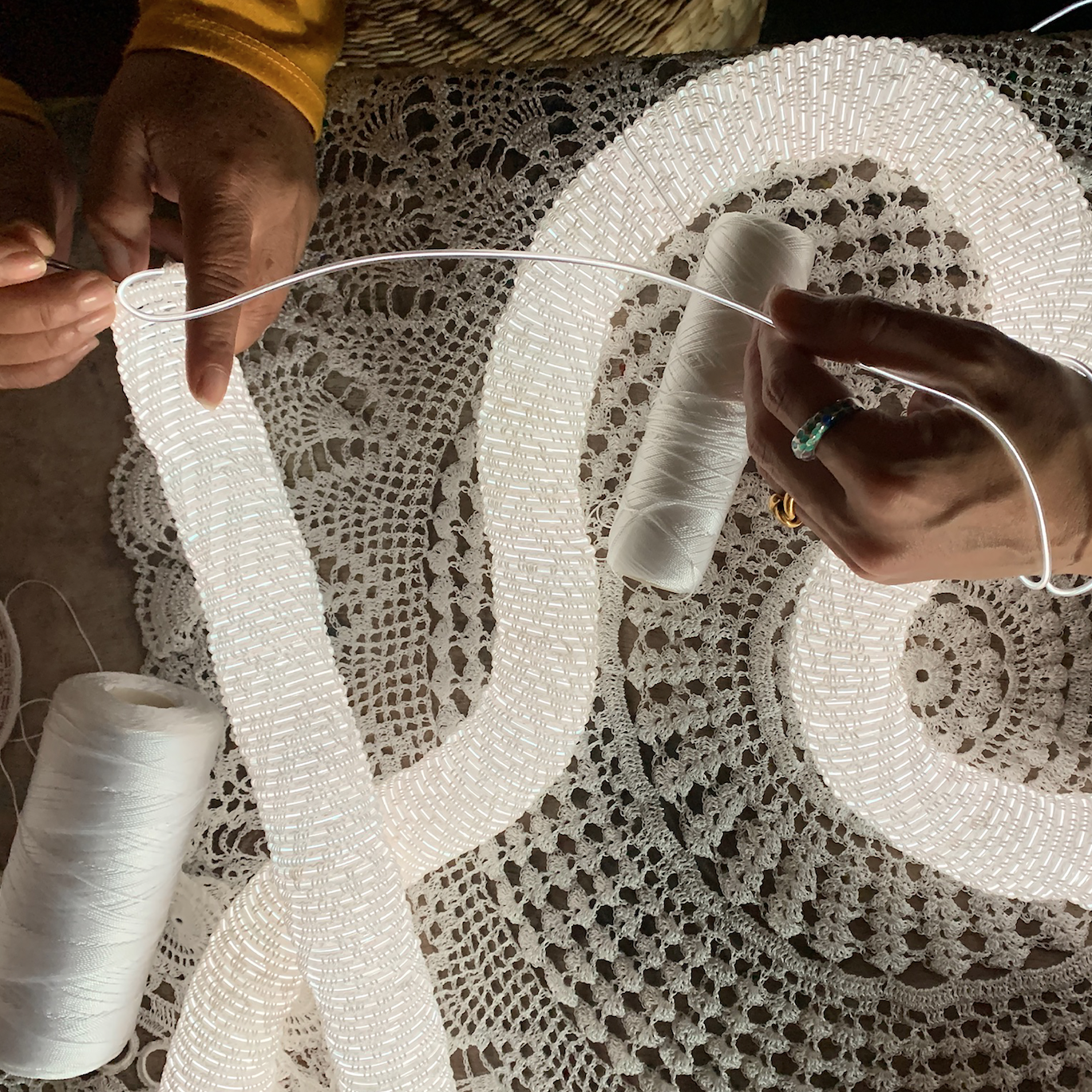
DESIGN LAB
Andean Legacy Meets Design Innovation
Amplifying Cultural Heritage with Thoughtful Design
Natural materials, traditional vanishing skills and ancient iconography blend in with interdisciplinary methods, high technology, and market trends to explore and boost value in design objects from the Andes of Peru.
In pursuit of finding new ways to keep the essence of our Andean cosmovision alive, we are always looking for design spaces in which we can preserve indigenous expression.
Weaving the Light
Unexpected Materials, Traditional Techniques
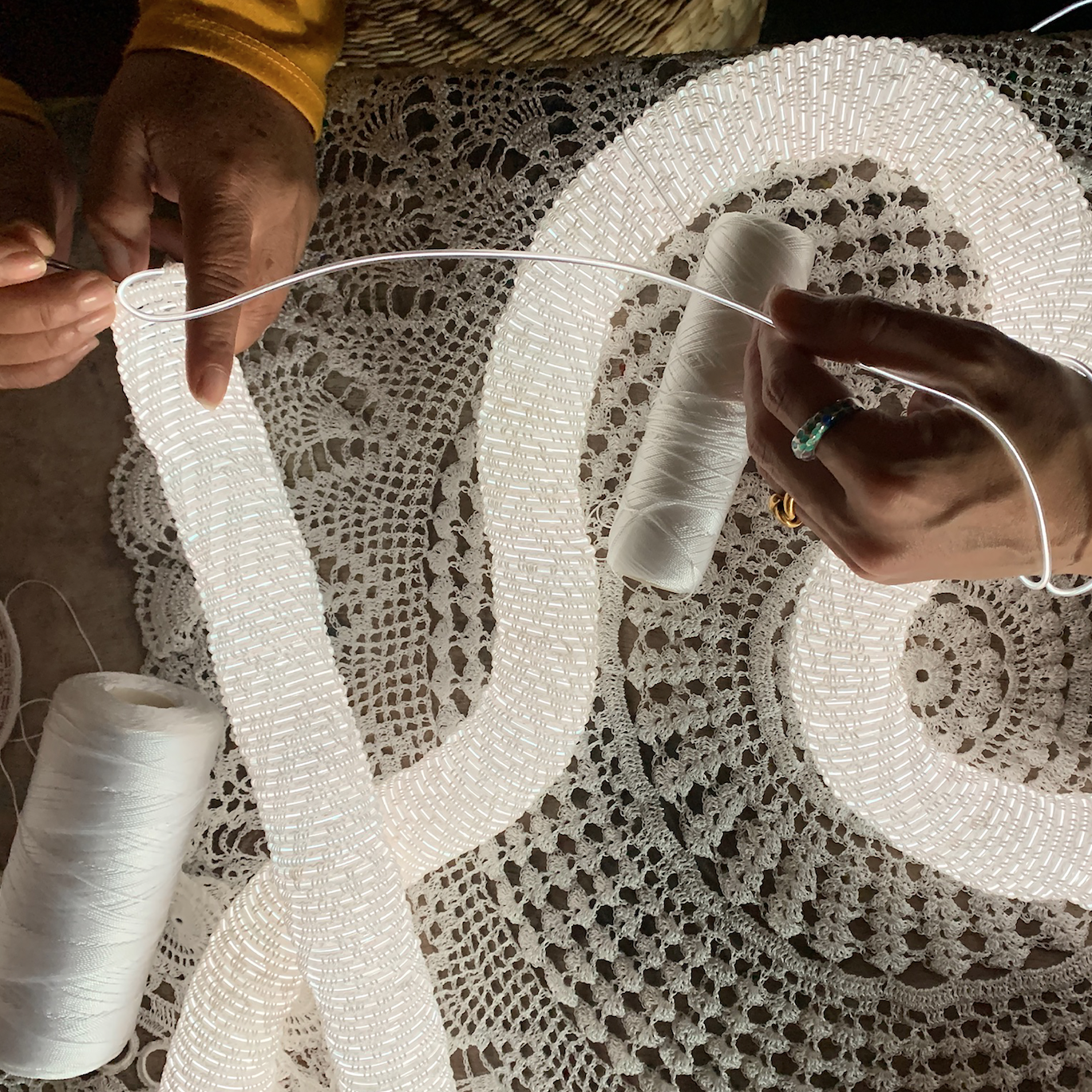
Weaving the Light proposes a series of lamps—a long two-meter snake lamp and a classic table lamp—whose structure inherently glows from the textile itself. The lamps consist of electroluminescent (EL) wire—both the source of light and foundation of the structure itself—which is encased and shaped by traditional Andean crochet weaving.

By approaching the technology as a foundational element of the textile itself, rather than applying technology to a finished textile, we have constructed a fully glowing fabric. The weaving technique even benefits from the solid plastic casing of the EL wire in forming the shape of the lamp. The simplicity of weaving with a single wire makes a lamp that artisans can complete with minimal tools and components. This design solution extrapolates the unique functionality of this particular type of indigenous weaving in harmony with the properties of the electroluminescent cable.
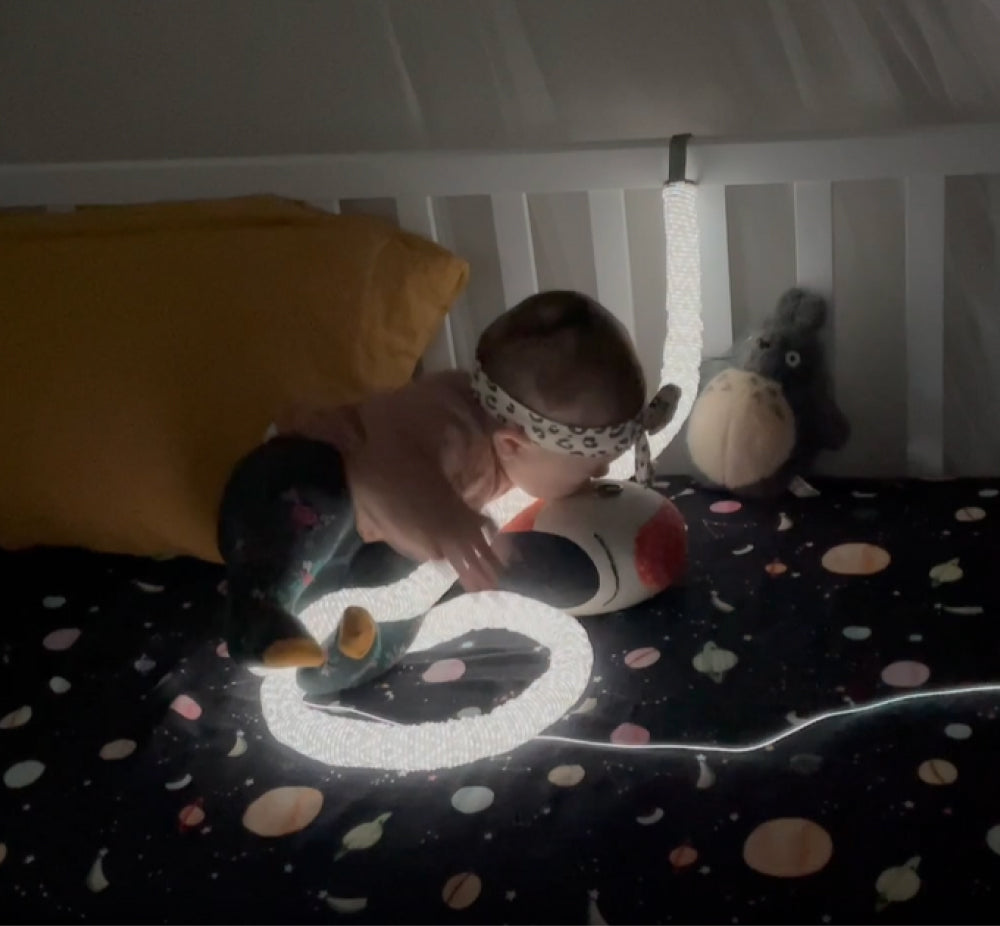
These luminous handwoven textile objects explore the relationship between hi & low tech; juxtaposing state-of-the-art technology with traditional indigenous techniques. The hope of this collection is to help the magic of Andean culture resonate with new generations and redefine the value of ancient skills.
In December 2020, D.A.R. was presented with a prestigious Design Award from GRAY Magazine in the category of Product Design: Lighting/Furniture. D.A.R. is honoured by this recognition and, most importantly, sees it as a wonderful opportunity for the female artisan community in Pacasmayo, Perú, to be celebrated for their achievements in the context of design innovation.
From the Andes to the World: Dar Proyectos Wins at the GRAY Awards 2020
This award celebrates our vision: to create handcrafted decorative pieces that fuse natural materials with contemporary design. From the Andes to the world, we remain committed to timeless beauty and purposeful design.
Analog Qr Codes
Unexpected Materials, Traditional Techniques
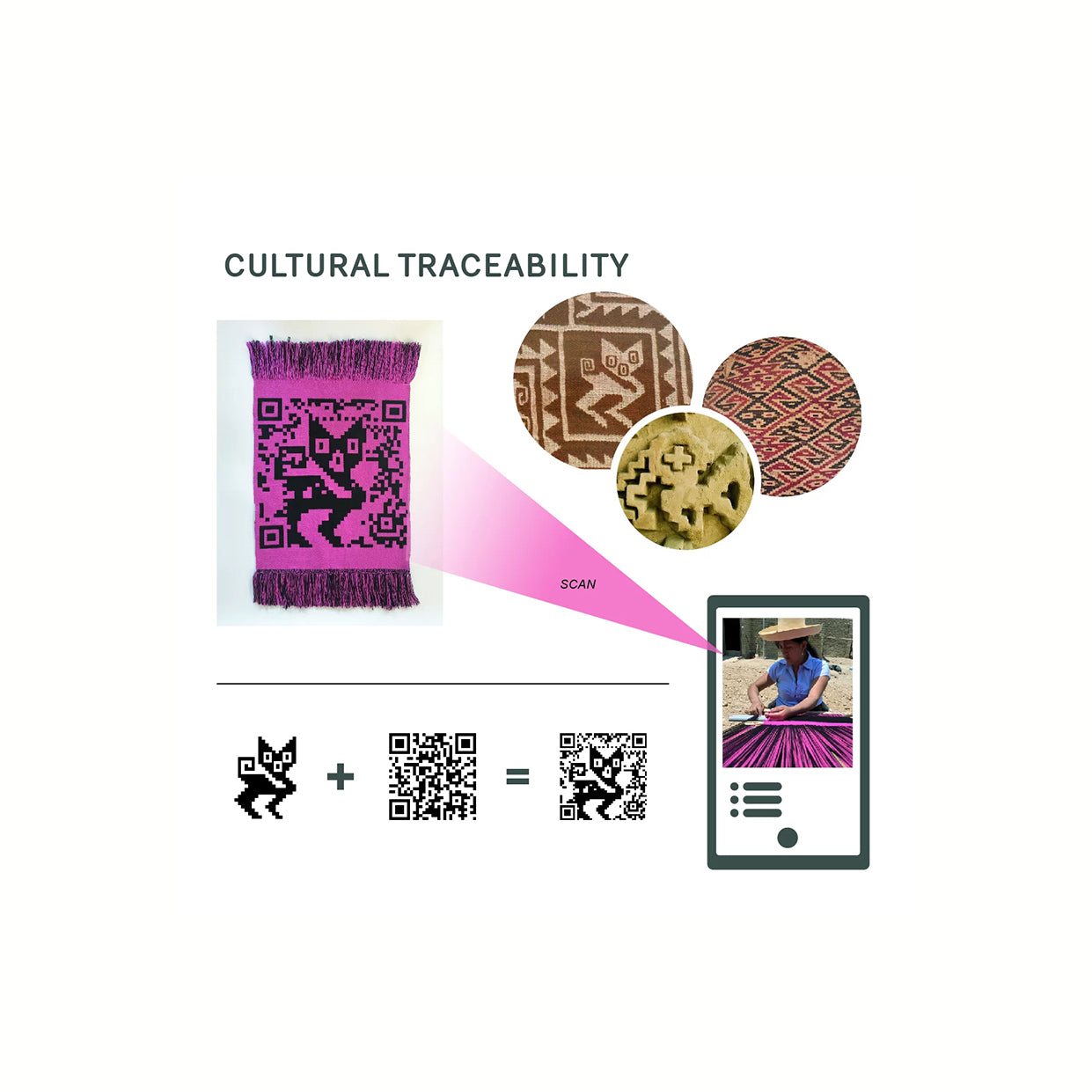
Inspired by the intricate patterns and the forgotten symbolism of indigenous Peru, we saw a correlation with modern pattern language of bitmaps and vector lines. We married the two principles by using the QR code system, and translating an Incan feline icon (Chancay culture) into a geometric, pixelated code.
Our challenge was in documenting this original iconography and symbolism, embedding the feline into scannable technology, and then reverting the blockchain QR code back into functional backstrap loom weaving blueprints to recreate a textile.
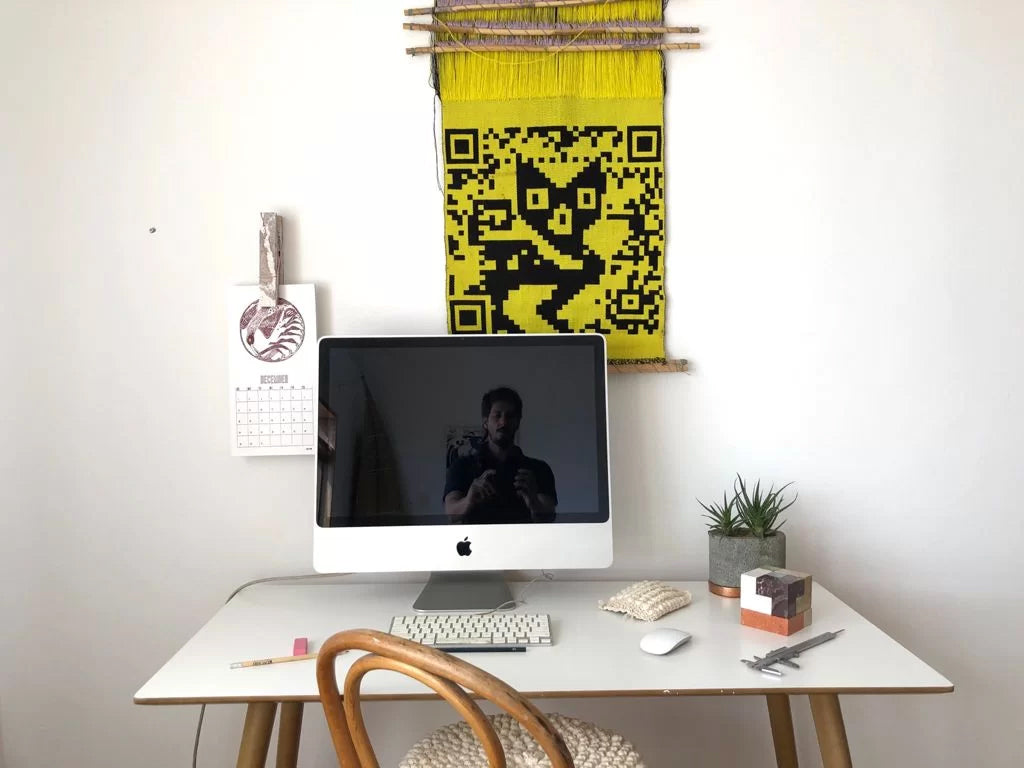
The true complexity of the process became clear as we worked with master craftswomen to interpret the intricate patterns using traditional weaving techniques passed down through generations. The first handmade weaving wasn’t precise enough to scan, and we continued to work on how to enable each pixel to maintain exact proportions. The resulting textile becomes blockchain technology which can highlight Andean cultural heritage along with the traceability of the weaving process – a true fusion of technology and tradition!
Engineered Nature
The Ocean Planter

Textural Beauty
Precise angles and sharp lines of the KUX Ocean Planter expose the textural beauty of these natural formations. The capricious texture of the ocean rock is cut along the grain into geometric shapes in order create a planter with the optimal balance of absorbency and drainage.z

Material Unexpected
The spongy calcite material is built by little tube worms (polychaeta) who form shell-like tunnels around itself to protect themselves from predators. When uninhabited, this unique material is naturally stranded by the ocean swellalong the beaches of central and northern coast of Perú.
The pores of the material, arranged vertically, act as a natural drainage system to maintain humidity around the plant without overwatering the roots.
Shop the Ocean Planter here.
Virtual Icaros
Amazonian Iconography, Digitized
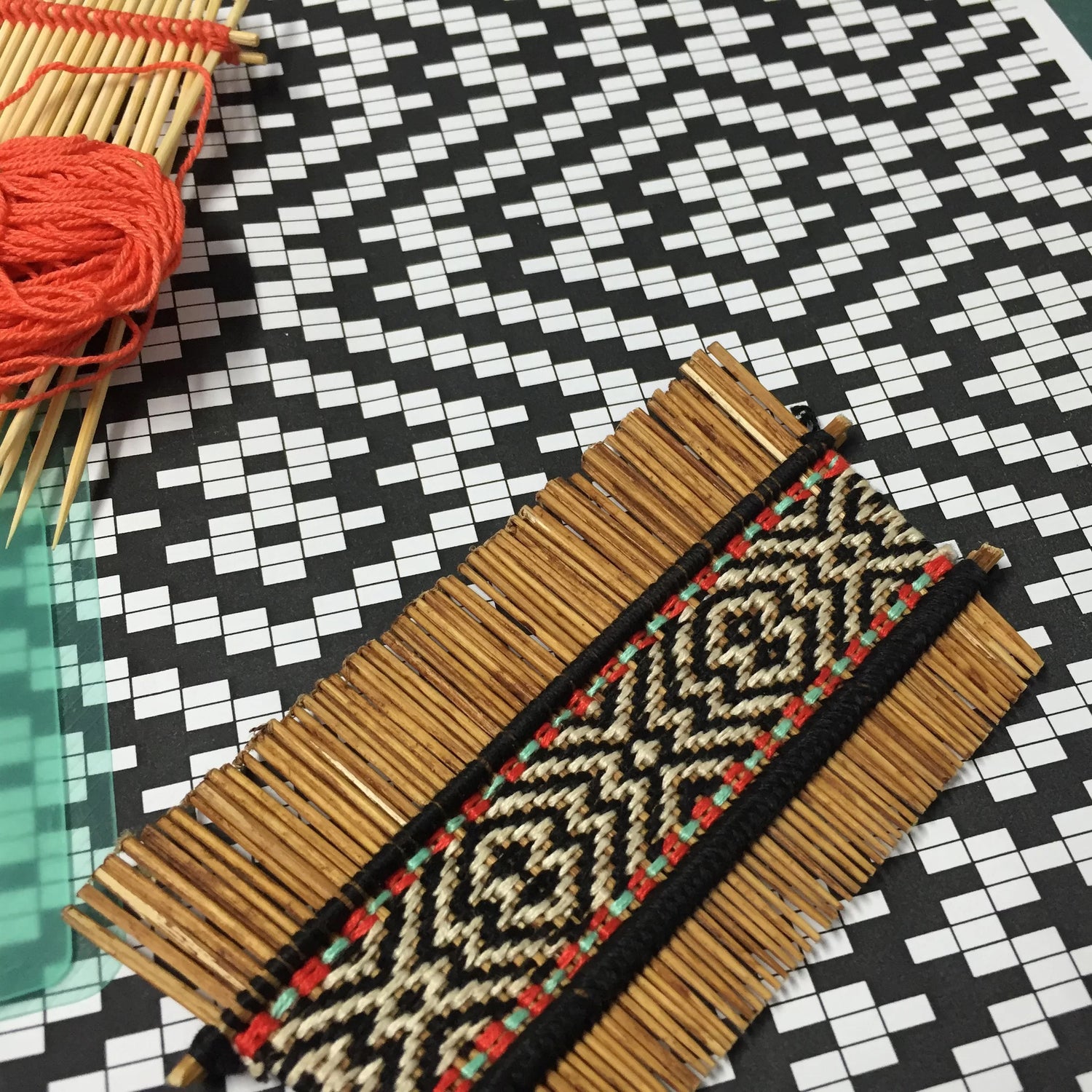
Textural Beauty
The Amazon contains a wealth of unique knowledge and insight, typically represented through intricate craft and artwork. What if these hidden meanings could be explained using augmented reality?
The Shipibo community in the central jungles of Peru share complex meanings through intricate art and sung original pictoral language. The original patterns called KENES (in Shipibo language) are expressed through song and translated into patterns onto traditional ceramics, textiles, wooden sculptures and combs.
By exploring the patterns and unusual objects made in the Shipibo communities, we began using augmented reality as a way to codify the visual patterns so that a quick scan would expose the meanings and definitions of a disappearing legacy. By making it easy for the viewer to interact through their smart phone, the use of technology could open up a universe of Amazonian culture to educate new generations. Shipibo knowledge has a deep connection to mother earth, well worth finding ways to resonate with young people today.
